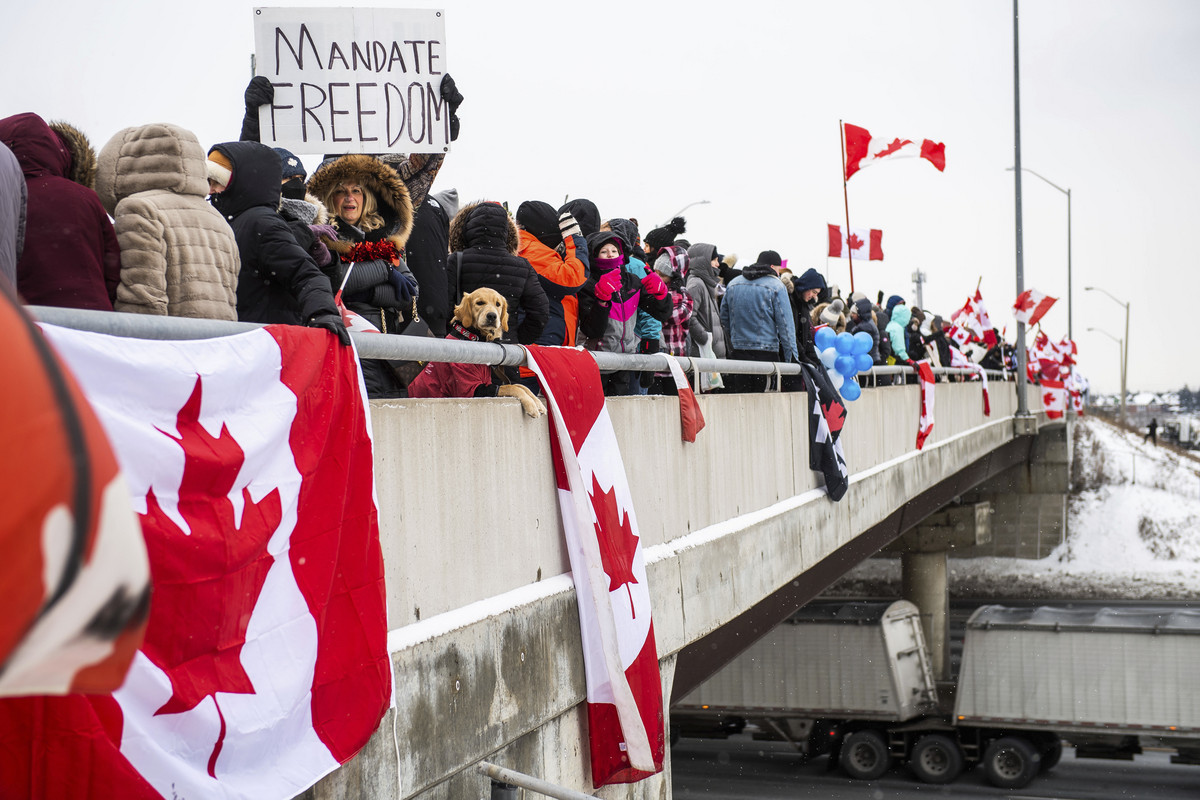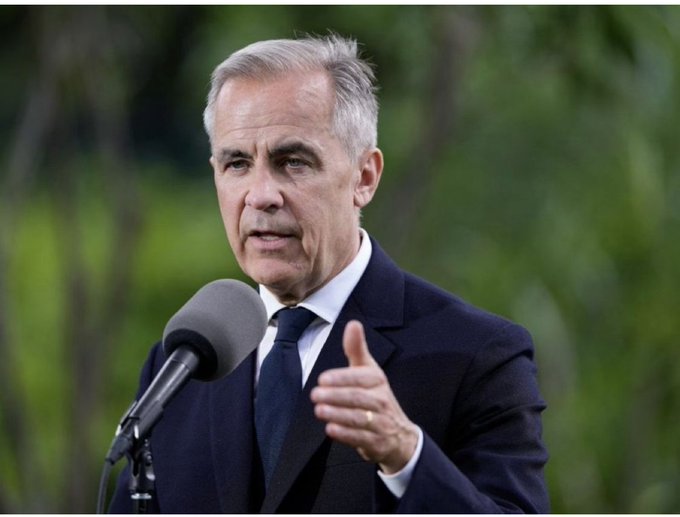Conrad Black, the visionary behind the once-right-leaning Canadian newspaper, the National Post, has boldly labeled the entire indigenous residential schools “mass graves” controversy as nothing more than a “fraud.”
Unraveling the Deception: Conrad Black’s Take
In an opinion piece that resonates with authority and critical insight, Black has taken a stand against what he perceives as an outrageously misleading controversy. In his compelling article titled “The Often-Ignored Truth,” Black dares to dissect and challenge the prevailing narrative surrounding indigenous issues and Canada’s so-called path to “reconciliation.”
Questioning the Misdirection: A Call for Clarity
Black does not mince words as he questions the prevailing discourse. With unwavering determination, he asserts that genuine progress cannot be achieved through false accusations of genocide. He confronts the notion that Justin Trudeau’s performance in this arena has been nothing short of disgraceful, and that his gestures of reconciliation are steeped in hypocrisy.
A Reluctant Reckoning: Black’s Stance on Aboriginal Matters
Amidst his eloquent critique, Black acknowledges his own reluctance to dive into Aboriginal matters once again. However, he recognizes the necessity to confront the federal government’s performative posturing in the name of reconciliation. He emphasizes the urgent need for a new approach, one that not only addresses existing grievances but also seeks to undo the injustices that have plagued Indigenous communities.
Beyond Sensationalism: A Reality Check
With an astute eye, Black underscores the rapid escalation of the controversy surrounding “unmarked graves of missing children.” He points out the conspicuous silence that has befallen this narrative, likely due to a lack of commitment to investigate the existence of such graves using allocated funds.
Dispelling Hyperbole: A Thorough Examination
Black masterfully dissects the explosive nature of the controversy, offering a nuanced perspective devoid of hyperbole. He dissects the shocking charges that have reverberated globally, urging readers to reflect on the accusations with a balanced lens.
Intricacies of Investigation: Debunking the Claims
Black’s commentary takes a grounded turn as he delves into the details of recent excavation efforts. He highlights the four-week-long excavation led by the First Nation’s tribe Minegoziibe Ashinabe at the Pine Creek Residential School. Notably, no human remains were unearthed despite the initial findings of abnormalities through ground-penetrating radar.
A Delicate Balance: Separating Fact from Fiction
The narrative takes a more controversial turn as Black addresses the mainstream media’s role in perpetuating inflammatory and questionable claims. He raises a crucial point: the claims of hundreds of buried children lacked substantial physical evidence, relying solely on disturbances detected by ground-penetrating radar.
Impact of Controversy: Unveiling the Unsettling Reality
Black does not shy away from addressing the repercussions of the controversy. He reveals a startling statistic: over 100 churches, predominantly Catholic, across Canada have suffered vandalism or arson. This starkly portrays the influence of the narrative and its consequences on a larger societal scale.
Political Posturing: Black’s Critique of Trudeau
No stranger to candid critique, Black dissects Trudeau’s calculated political moves. He exposes Trudeau’s appropriation of the controversy for political gain, including the lowering of Canadian flags in honor of the “215 children” from the Kamloops residential school. Black aptly labels this move as baseless, lacking evidence to substantiate the claims.
Seeking Truth Amidst the Chaos: Black’s Call for Objectivity
Amidst the fervor, Black advocates for an objective lens. He clarifies that no groups of unmarked graves have been definitively discovered in Canada. He underscores the importance of a thorough forensic investigation and raises the possibility that some disturbances could be remnants of unmarked graves of Indigenous individuals, rather than children.
Unveiling a Complex Reality: A Multifaceted Perspective
Black’s commentary deepens as he highlights the complexity of the situation. He draws attention to the often-overlooked context of community cemeteries near residential school sites, where disturbances may arise due to marked graves. Black speculates that unmarked graves of Indigenous individuals, spanning various ages, could be present.
A Critical Dissent: Voices Beyond Black
In a landscape dominated by controversy, Black’s dissent is not isolated. He introduces the retired Bishop of Calgary, Frederick Henry, who echoes Black’s sentiments. Henry vehemently refutes the “lie” that Catholic priests and nuns clandestinely murdered Indigenous children, shedding light on the need for a more nuanced perspective.
Beyond the School Walls: Acknowledging Complex Trauma
Black doesn’t shy away from acknowledging that some students suffered trauma within the residential school system. However, he emphasizes that this experience isn’t exclusive to residential schools, as some students struggle to adapt to boarding school environments in general.
In a landscape clouded by sensationalism and political manipulation, Conrad Black’s authoritative analysis challenges prevailing narratives, striving to uncover a more nuanced truth. Through careful examination and eloquent expression, Black’s article offers readers an opportunity to engage with a complex issue with greater understanding and clarity.











I am relieved to read the truth behind the unmarked graves. My husband grew up in the north and most of the Aboriginal children were picked up by a barge, there were no roads, and transported to the Catholic boarding schools for basic training. They were kept safe and cleaned up in these schools. Tuberculosis was running through the country at that time. Many people succumbed to this disease, including a lot of children. We have to assume that the children who succumbed to this disease were buried. The parents never visited or questioned the demise of their children, never questioned their well-being or state. If the children were returned to their original homes in the summer, by the time school resumed, they had forgotten all of the English written words and returned to their native tongue.